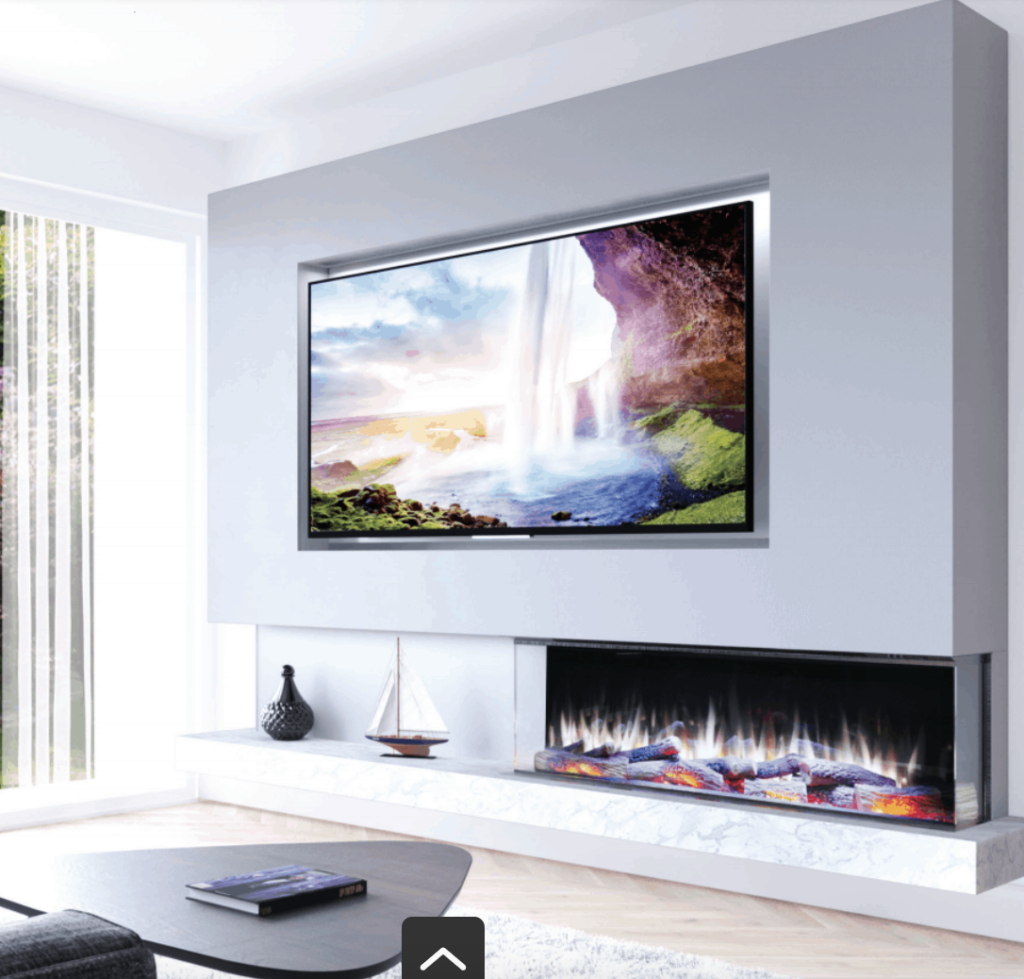Secondary heating is when a system outside your main heating source (i.e central heating) is used to keep a space, such as a room, warm. There are a number of benefits to secondary heating:
- Environmentally friendly. A great way to lower your carbon footprint is to consider secondary heating. If you’re cold, why heat the entire house if you’re using just one room? If you need a light on in a room, you don’t go around the house turning on every light in every room, do you? It’s the same when it comes to heating.
- It’s cheaper. With energy prices rising, it makes perfect sense to try and save money where possible. Heating just one room will work out much cheaper than warming the entire house.
- It looks great. Some secondary heating can look amazing and prove to be a real feature in a room. It looks good and is there to keep you warm when needed.
As you can appreciate, there are a lot of benefits of secondary heating.
According to Government research, around 46% of UK households use electric secondary heating. While around 41% use mains gas as a secondary heating source, around 47% said they use secondary heating to provide extra heat when the central heating system is on – for example, on a very cold evening.
Only around 26% use secondary heating to provide heat when the main heating system is not on. Around 18% said they use it when the main heating is on, and also when it’s not on to heat a room. Only 3% said they use secondary heating for decorative or ambient purposes or as a backup when the main heating system fails.
Common types of secondary heating methods:
- Portable electric heaters
- Mains electric heaters
- Gas fires
- Open fires
- Wood burning stoves
While some of these are far from environmentally friendly, such as open fires, others are much more so. One of the most popular on this secondary heating source list is gas fires. Gas is one of the cheapest energy sources per kW, a modern fire can have an efficiency level of up to 91%. This is in stark contrast to an open fire, which has an efficiency level of around 20%. This means 80% of the heat made is wasted, so you need to burn more (and create more pollution) to achieve the same level of heat.
Secondary heating – more than just heat:
Gone are the days when a secondary heating source was purely a device to keep warm. Secondary heating often goes hand in hand with creating a splendid focal point in a room. The rise of media walls in homes are a good example of this, they usually combine a built-in TV with a glass screen fire below – the wall becomes a talking point and has a real benefit of saving space and looking great.
iRange i1250e Deep – Example of Secondary Heating.
While there is a wide range of electric fires (and gas) which are popular as a secondary heating source, the iRange i1250e Deep is one of the most talked about, and for good reason!
The extra depth of the Deep model has allowed for a new chunkier log set and increased illumination of the fuel bed thanks to a new glowing front log feature that has been added. The fire also features a white flame setting.
It’s these small touches that help make a secondary heating opinion like this fire so desirable.
The liveflame options are also perfect for matching your mood and creating a perfect focal point in a room.
It’s not just electric fires that are creating some great feature points in a room and act as a great secondary heating source. There are a number of gas fires designed to impress but also act as a way of keeping warm when you just want to heat one room. The Infinity 890HD BF, for example, is a fire with a 91% efficiency and is designed for homes without a functioning chimney, featuring an extra-wide flame picture that creates a clear view of the flames within.
So while secondary heating may not be the main heating source in a home, it certainly should not be shunned as second best! It’s a great way to heat a room, reduce costs, be green and in many instances have a wonderful focal point in a room.

